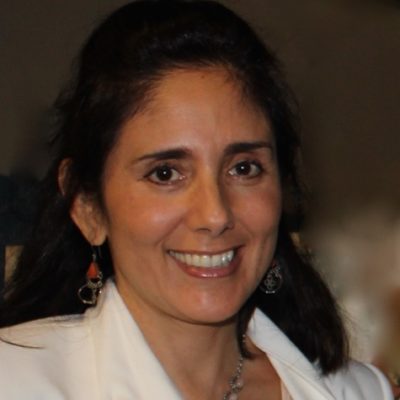The COVID-19 pandemic laid bare the structural racism and health inequities baked into our health care and public health systems. Infections, hospitalizations, and deaths had a disproportionate impact on Black, Indigenous and other people of color. While many complex and interdependent factors contribute to racial disparities in health outcomes, one is the lack of diversity in our health care workforce—in particular, our physicians.
The California Wellness Foundation has been a major funder of racial equity in the health workforce for decades, first as part of our Equity in Access portfolio, and now as part of our Economic Security and Dignity portfolio.
Before the pandemic sounded the alarm, the 2019 report by the California Future Health Workforce Commission showed us the true extent of the workforce diversity and physician scarcity problems: More than 6 percent of Californians are Black, but only 3 percent of our physicians are. Latinx people make up almost 40 percent of the state’s population, but only 7 percent of the state’s physicians. If the graduation rates remain the same for Latinx students, it will take them 500 years to reach parity in the state’s physician workforce. That’s five centuries, double the lifetime of our republic.
The 2019 report by the California Future Health Workforce Commission outlined some of the most promising initiatives to address these intractable problems including expanding advising and mentorship programs for low-income college students and funding post-baccalaureate training programs for people from disadvantaged backgrounds.
At Cal Wellness, we've been making grantmaking decisions inspired by the 2019 report’s findings and recommendations. In the last few years, we have funded cutting edge nonprofits that are focusing on mentorship across the lifecycle, and on integrated, systemic solutions to recruiting and supporting college students from underrepresented and low-income backgrounds. Two of those extraordinary grantees are California Medicine Scholars Program and MiMentor.


